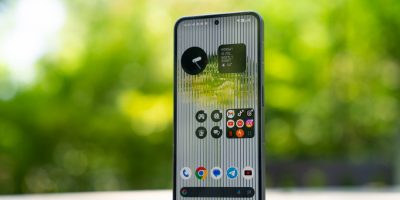Starting today, Verizon satellite texting is rolling out to select Android smartphones, including the Samsung Galaxy S25 and Google Pixel 9 series. This means Verizon users can now send texts from remote locations without a traditional cellular network.
The rollout will take place over the next two weeks. According to Joe Russo, EVP & President of Global Network and Technology, this expansion reinforces the company’s mission to keep customers connected, no matter where they are.
Unlike Apple’s emergency-only satellite messaging, Verizon satellite texting allows users to send messages to any device, regardless of carrier. This advancement follows Verizon’s recent success in testing data services and video calling via satellite, pushing the boundaries of hybrid terrestrial-satellite communication.
Beyond consumer messaging, Verizon is integrating satellite technology across various sectors. The company already uses satellite connectivity for emergency response, temporary cell site backhaul, and industrial IoT applications.
While Verizon is at the forefront, other telecom giants are also making strides in satellite connectivity. T-Mobile is actively working with Starlink, even airing an ad during Super Bowl LIX to showcase its technology. AT&T and AST SpaceMobile have also completed video call tests over satellite.
With Verizon satellite texting now rolling out, satellite-to-cellular integration is shifting from a niche emergency feature to a mainstream service, ensuring that staying connected is no longer limited by network coverage.








Comments